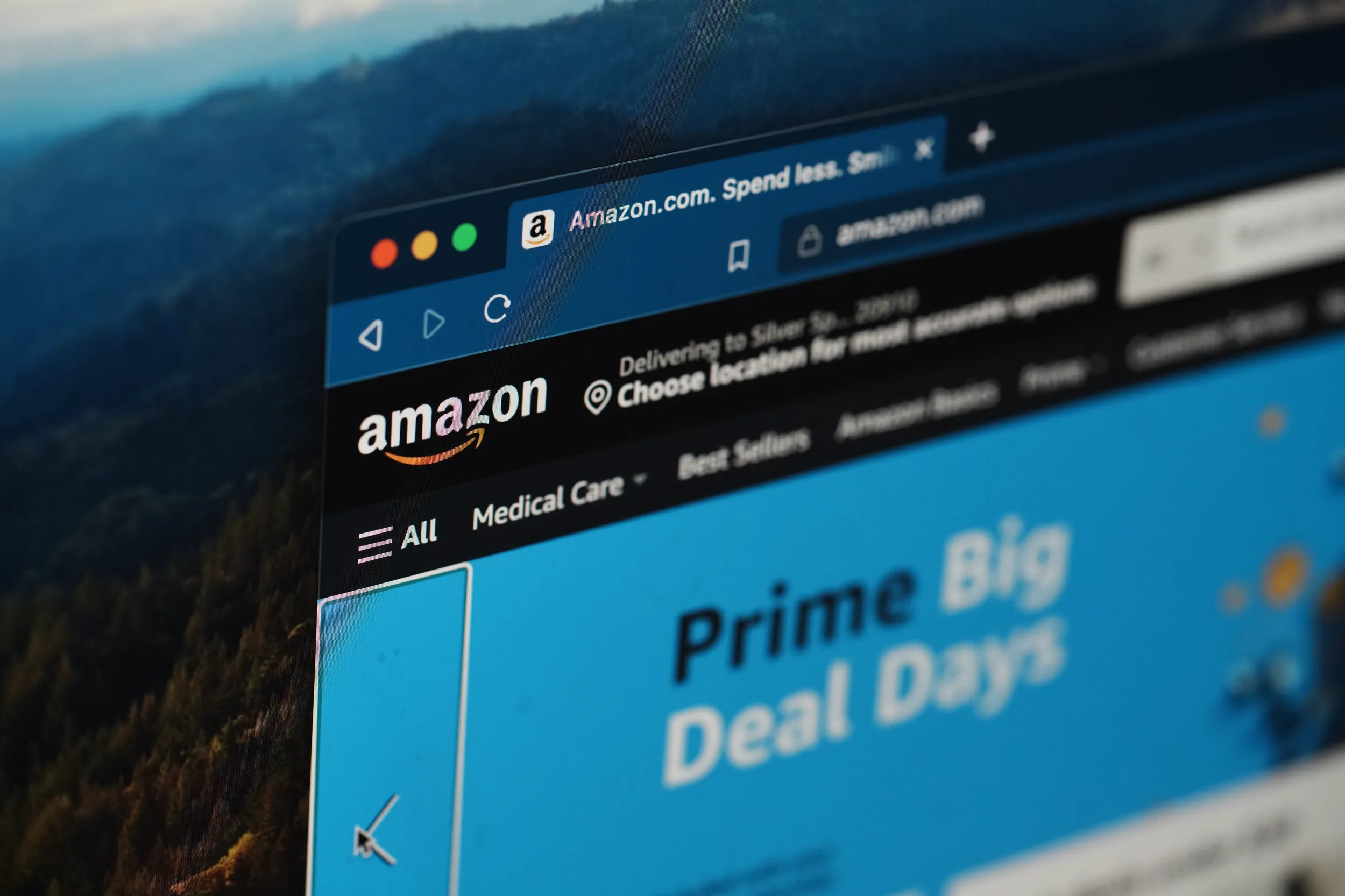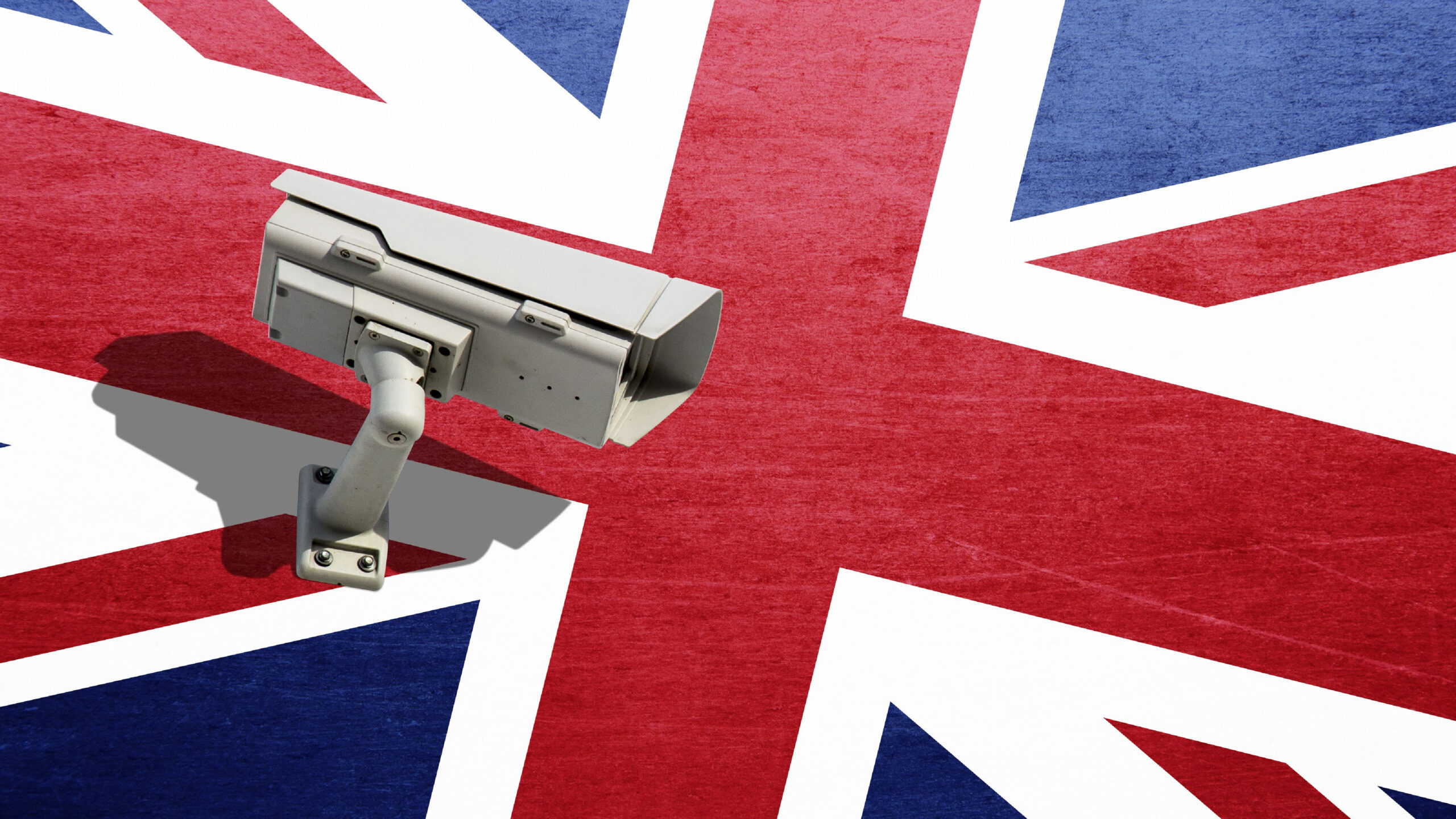AT&T: Continuing to Disregard Customer Priorities
After decades of the cable companies’ monopoly control of how you watch pay-TV, reform and competition may finally be on the menu, and it’s none too soon. Two weeks ago, the FCC voted to begin a rulemaking proceeding that seeks to open up the retail market for set-top boxes so consumers can access the programming they pay for without leasing set-top boxes from their cable providers. This will be great benefit for consumers. Unsurprisingly, AT&T and other cable monopoly companies are in vigorous opposition.
Recent developments again highlight how monopoly companies like AT&T control and abuse their monopoly power. Last year, AT&T became the largest pay-TV provider in the U.S. after it acquired DirecTV. AT&T has been trying to phase out its U-verse service in favor of DirecTV. Moreover, later this year, AT&T will start offering a version of DirecTV available only via web-streaming.
Today, nearly 6 million people have found out that they can no longer access Univision stations on AT&T’s U-verse platform. Univision is highly influential and the most-watched Spanish-language channel in the U.S. The blackout affects Univision and UniMas broadcast stations, Galavision, and sports cable network Univision Deportes. However, viewers trying to access these channels on DirecTV, will have no problem.
As AT&T shifts and favors DirecTV, it is leaving customers behind – like those trying to access Univision today. This will likely carry over to the set-top box marketplace as AT&T seeks to move to apps and leave set-top boxes behind. The rules that required cable companies to use the same technology as third-party device manufacturers are no longer in place.
Currently, cable companies control how 99% of subscribers access pay-TV content, charging fees that seem to increase every year for the same box that the cable companies rarely replace or upgrade. The average family is being charged over $230 per year, which amounts to at least $19.5 billion for the cable companies just on leasing fees. (Check out some of the media coverage here)
Now that the FCC has recognized this problem and decided to act, the cable companies are obviously scared. If consumers have more options for accessing pay-TV content, the cable companies could lose this annual multi-billion dollar windfall.
Big cable companies are trying many different ways to protect their leasing fees:
- Repeatedly (152 times) (153 times) calling the FCC’s proposal “AllVid,” which was an idea from 2010 that was half-baked and not technically feasible. Chairman Wheeler has definitively explained how the proposal is nothing like AllVid.
- Claimed that copyright will be infringed when in fact the FCC has clearly stated that one of its “paramount” goals for any new rules is that device manufacturers “must implement content protection to ensure that the security of MVPD services is not jeopardized, and must respect licensing terms regarding copyright, entitlement, and robustness. This will ensure parity between MVPD-provided and competitive navigation devices.”
- Formed an “astroturf” group called the Future of TV Coalition, which is actually there so the cable companies can maintain control over your viewing experience and keep technology in the past.
The FCC’s proposal is trying to make sure that technology for accessing pay-TV can stay current and consumers are not beholden to how the cable companies decide you can watch TV. One way is to create open standards so that would-be competitors can make compatible set-top boxes.
So the cable companies are reversing course. Six years ago, the cable industry was “committed to providing content to consumers where and when they want it, on all possible consumer devices, and for those devices to be innovative platforms for new applications.” Now, they frequently, often, ad nauseam, many, many times have quoted Apple CEO Tim Cook as saying that “the future of TV is apps.”
However, they don’t say that their apps will remain part of a closed universe – a walled garden – where consumers would only be able to access pay-TV content on platforms the Cable companies deem worthy enough to support.
Back then, they said, “Consumers should have the option to purchase video devices at retail that can access their multichannel provider’s video services without a set-top box supplied by that provider.” Furthermore, consumers “should have the option to purchase video devices at retail that can search for video content across multiple content sources, including content from their multichannel provider, the Internet, or other sources.”
This is exactly what the FCC proposal aims to do. But now that they could face competition, the cable industry does not support the ideals of consumer choice, or a retail market for set-top boxes anymore — because it will hurt their bottom line.
Now, they’re resorting to tried and true PR tactics accusing the FCC of imposing a “new technology mandate,” when in fact the FCC proposal would allow device manufacturers to maintain access to the cable signal to which they are legally allowed.
This is not about being “locked in the box of the past,” this is about unleashing competition so new features can be developed to enhance the viewing experience. For example, the DVR that has become so useful and ubiquitous today was not developed by cable. It was developed by an outsider (TiVo) that thought it could enhance the viewing experience.
It’s curious that one of the loudest voices against the FCC’s proposal, AT&T, has characterized the FCC’s proposal in terms of limiting consumer access to independent and diverse programming: “the FCC launched a proceeding that could cement the set-top box in your home, with little to no minority programming.” In fact, keeping customers locked into their antiquated, leased boxes prevents access to independent and diverse content.
If the FCC proposal is successful in opening up the set-top box market, device manufacturers would have to compete by developing new features like making search easier. If device manufacturers can continue to access the pay-TV signal (one of the goals of the FCC proposal), they could develop new features like searching across platforms that would actually make it easier to find independent and diverse programming. The set-top boxes that most cable companies currently provide are rarely updated, don’t have good search functionality, and block out other platforms. These old boxes make it harder to find new and diverse content.
What the cable companies also neglect to explain is how their actions over the years have held back independent voices. Take the example of Bob Johnson, the founder of BET. Johnson said:
I vividly recall going from cable operator to cable operator to convince them that there was an underserved African-American consumer base who wanted to see quality entertainment and programming that was created especially for them and, more importantly, not available anywhere else.
Over 35 years later, there are still only a handful of African-American-led cable channels, most of which are not available in every market, serving over 12 million African-American cable households who pay billions of dollars in cable subscriber fees.
Take the example of Stephen Davis, the founder of the Black Education Network (BEN), which produced educational, cultural, and children’s programming directed to the African American community. Davis explained:
We were told that since many systems carried the Black Entertainment Network (BET), then a primarily music and comedy channel, there was no need for additional diverse programming. We were repeatedly told that there was no market for positive, uplifting programming targeting the African American community.
Today, by shutting out Univision, AT&T has prevented consumers from accessing a key media voice. If AT&T migrates everyone over to apps, it will further control how consumers access and view pay-TV content. If AT&T has its way and thwarts the FCC’s action on set-top boxes, it will be able to continue charging high leasing fees to subscribers, who are stuck with the same boxes that they have had for years.
But barring that evolution, it’s time for the FCC to respond to consumers and let TV watching evolve by unlocking the set-top box. And it’s time for AT&T to be honest with consumers and provide them with what they want.
Ed Black is the President & CEO of the Computer & Communications Industry Association (CCIA).








